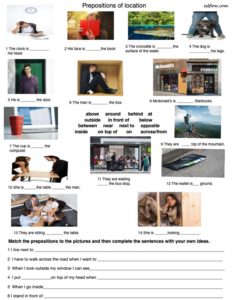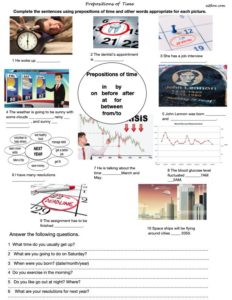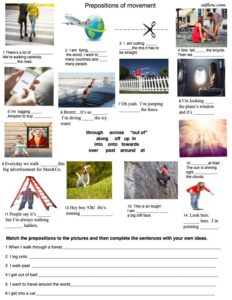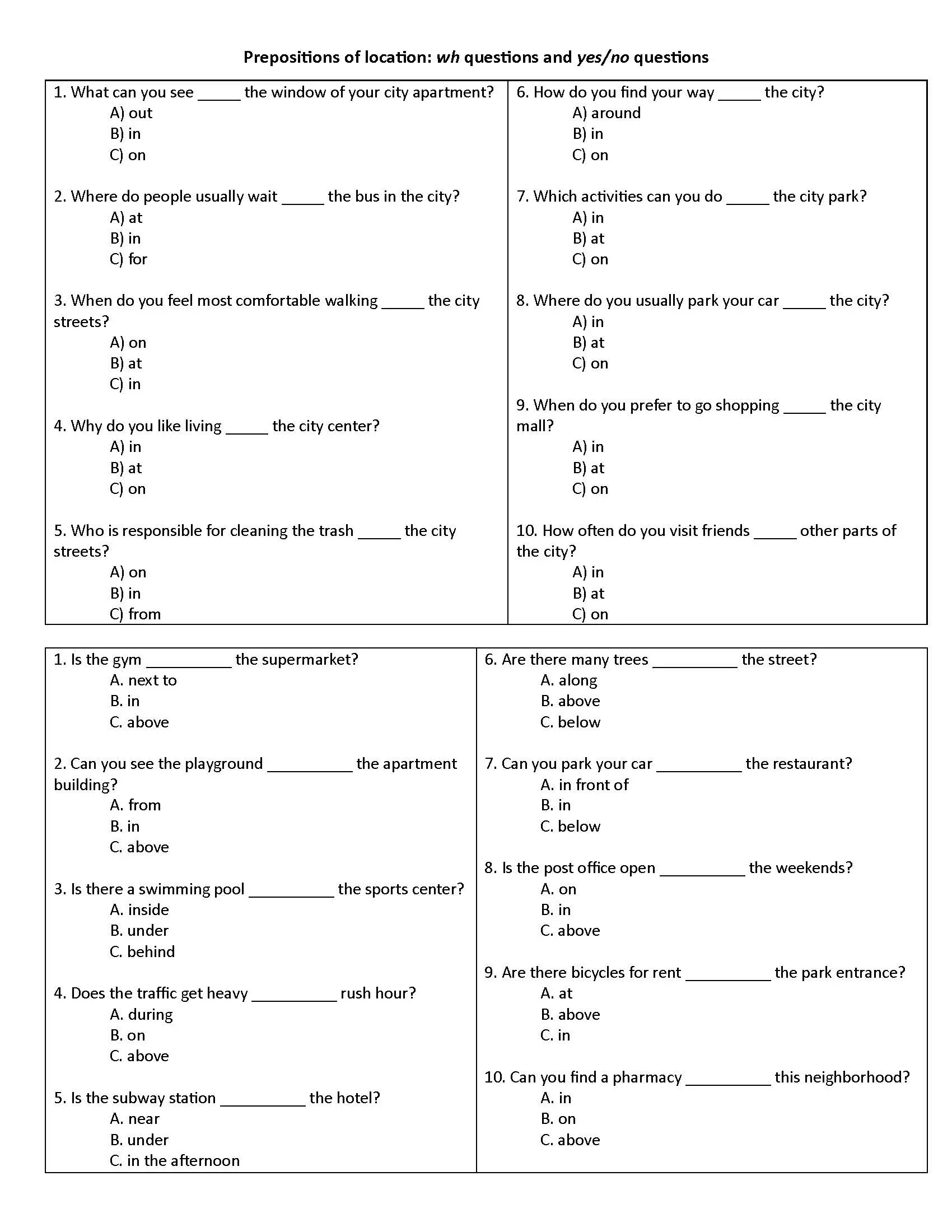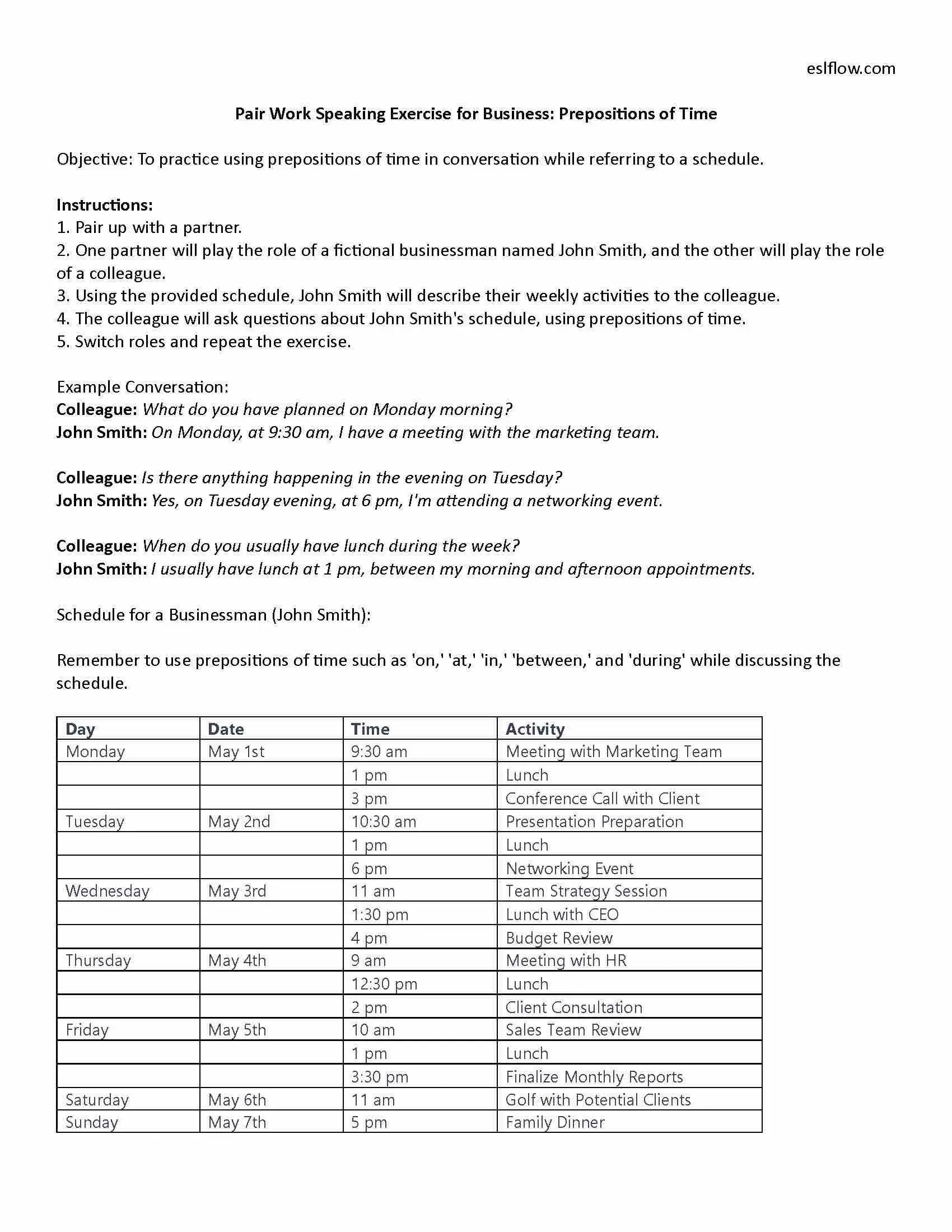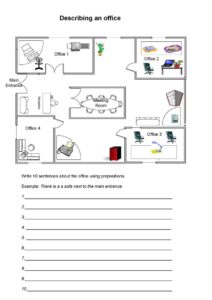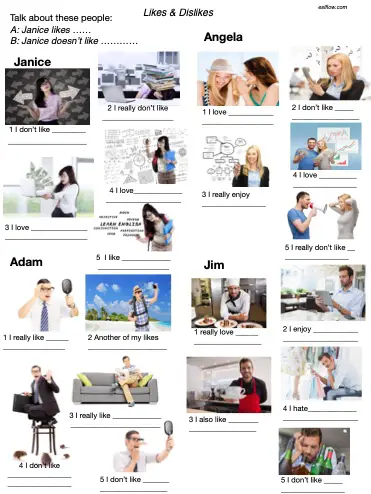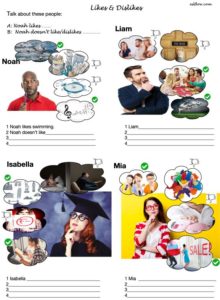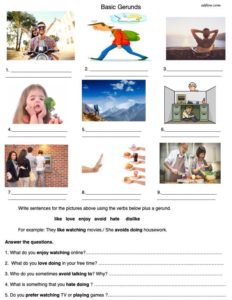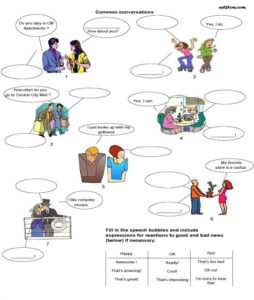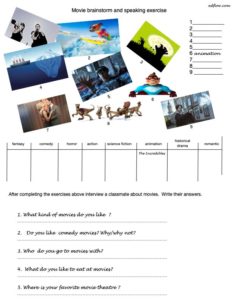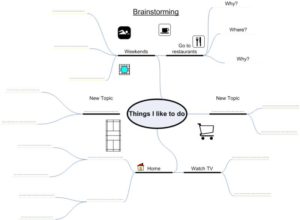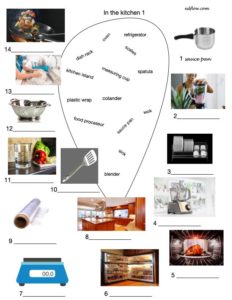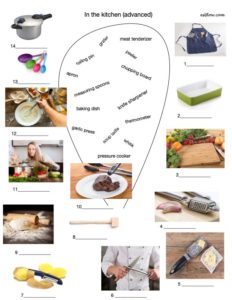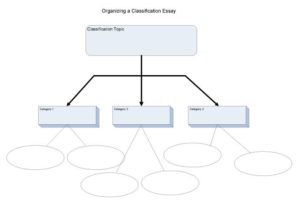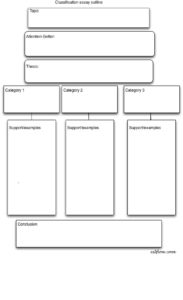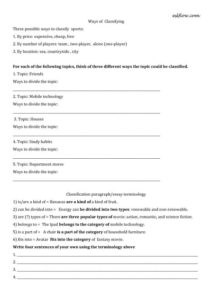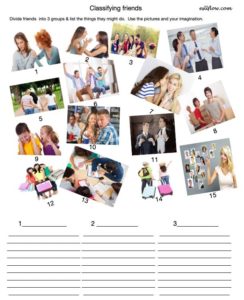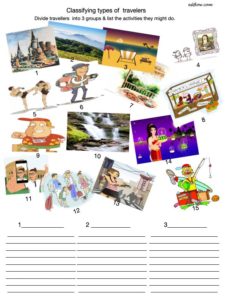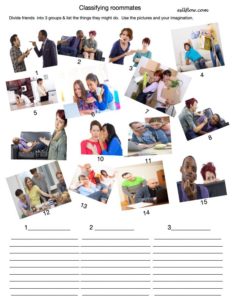5 Kinds of Free Online English Language Self Assessment Tests Reviewed
January, 31 2019
There are a number of freely available online English language self assessment tests for students. However, these tests are only useful if they meet the teacher’s criteria. These criteria might include:
- convenience (in my case, this means really good mobile compatibility and ease of use)
- creativity (humdrum grammar tests don’t impress)
- the topic-focused nature of the tests (few tests are topic-focused as most are general and aimed at assessing student abilities) and
- feedback ( the score and level of ability).
.
1 Elementary (and above) General English Tests
Pros: These are useful general tests for the placement and evaluation of students. They aren’t too long and sites such as Cambridge provide good feedback in the form of scores matched with ability levels. I like Englishtag quite a lot for its speed, ease of use and it has tests especially adapted to the mobile platform.
Cons: Most of these tests have good sections and bad sections. Some tests start off with good conversational skills sections then trail off into boring “fill in the blank” sections(Cambridge). Perhaps they just try to get you engaged and then figure you are hooked. The “Business English” test from Cambridge starts off with really interesting short reading comprehension exercises and then you hit off-putting longer readings. Some sites are not secure but probably ok if you don’t enter any personal information.
Related Tests
2 Reading Comprehension Tests
Pros: Reading comprehension exercises with multiple choice comprehension questions are really compatible with the mobile experience. Ereading has a good collection of nonfiction reading passages that work well on mobile. Freereadingtests offers nice short speed reading passages and provides feedback including number of words per minute and percentage of correct answers. The good thing about reading tests is you might be able to find one that matches are topic you are teaching.
Cons: There are quite a lot sites and some are not easy to navigate. Some sites are not secure. Some sites such as Free Esol and MyEnglishPages are actually reading comprehension sites and only give scores as feedback. But they are well worth including here.
Related Tests
3 Vocabulary Size Tests
Pros: It’s great to get an idea of a student’s vocabulary size.
Cons: The tests often are not suitable for elementary learners. They are too long and become too difficult. They seem more suitable for native speakers than second language learners.
Related Tests
4 Short Pronunciation Tests
Pros: A quick and easy way to get an idea of student’s knowledge of pronunciation. These kinds of tests tests are quite fun and challenging.
Cons: These tests are are based on reading not listening or speaking.
Related Tests
5 Online Search Skills Test
Pros: Google has created a wonderful, innovative and addictive daily search skills game that aims to improve students’ or anyone’s search skills. It is also a critical thinking exercise as you have to figure out the best way to find the answer. The layout is great and the feedback is cool too as you lose points (fast) the longer you take to find the answer.
Cons: None except this site is “not secure”, probably because it’s still in the experimentation phase.
